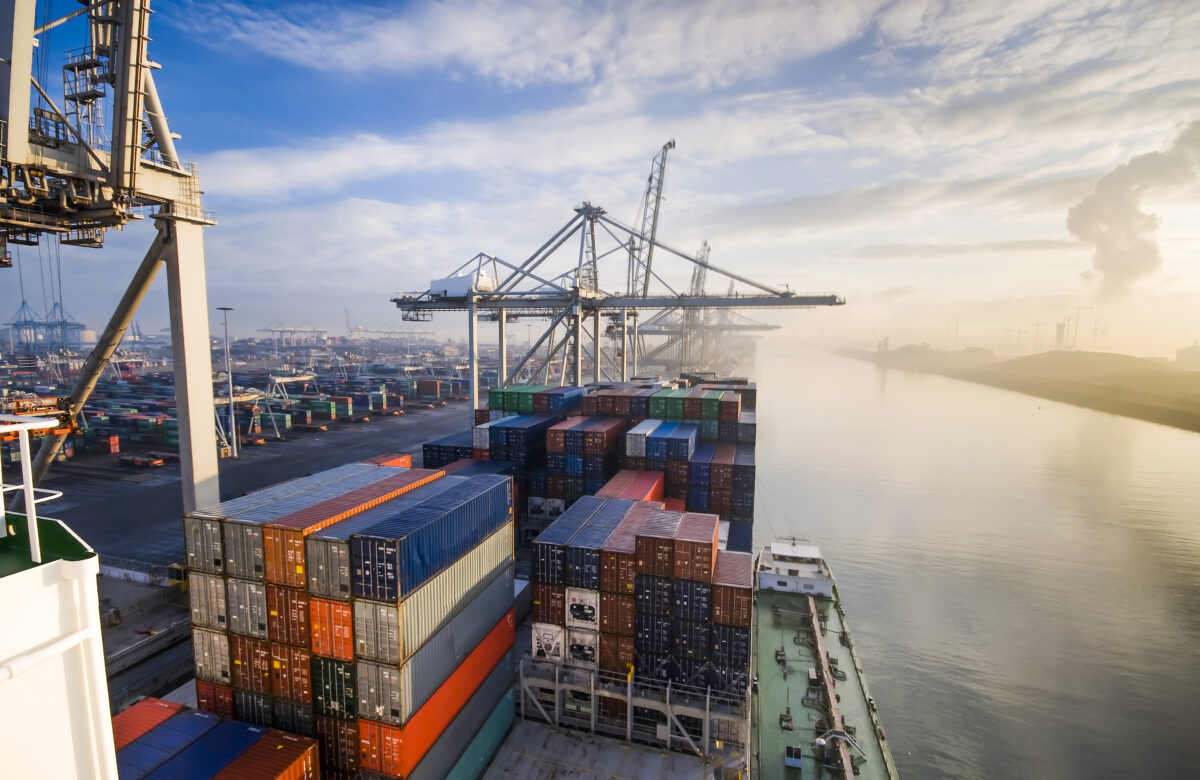Europe’s highest court has ruled on which customs tariff number is correct for a ship’s hull. For this purpose, it was particularly important to determine if a ship was seaworthy. The specific question that arose was whether ships that can move no further than a few nautical miles from the coast in heavy weather can still be considered seaworthy.
According to the European Court of Justice, characteristics of the ship’s design are is decisive factors for the customs tariff number.
The court ruled that ships shall be classified as seaworthy if they can sail anywhere at sea — including on the high seas.
Our customs law attorneys will be happy to advise you in determining the correct customs tariff number and if you wish to file an appeal against customs.
Affected goods
This classification has an impact on the tariff classification of goods such as passenger ships, and cruise ships as well as fishing vessels, yachts, tugboats and warships, which fall under the following customs tariff numbers:
- 8901 10 10
- 8901 20 10
- 8901 30 10
- 8901 90 10
- 8902 00 10
- 8903 91 10
- 8903 92 10
- 8904 00 91
- 8906 90 10
Tariff classification of a hull
This particular case involved, the customs tariff number of a ship’s hull. The importer had imported the goods under the customs tariff number 8901 90 10 at the time of customs declaration.
However, the customs authorities held that the goods were hulls for the construction of ships for inland navigation. The authorities classified the goods as follows:
- as other tank ships for maritime shipping under the customs tariff number 8901 20 90 and
- as other vessels for the transport of goods under customs tariff number 8901 90 91, and
- as vessels designed for the transport of persons and goods, whether or not mechanically driven, other than for maritime navigation under customs tariff number 8901 90 99
It was undisputed that the goods were not suitable for ocean navigation in severe weather.
However, the question of how far a ship must be able to sail off the coast in order to be considered a ship for ocean shipping was previously unanswered in the case law.
In the proceedings, the ECJ had to clarify in particular what is meant by the customs law term “high seas“.
First, the ECJ stated that “if there is no doubt as to the type of vessel to which they belong, the goods must be classified in the subheadings of the Combined Nomenclature applicable to those vessels”.
In the specific case, the court classified the hull of the vessel as
- tankers under the customs tariff number 8901 20 and
- other vessels for the transport of goods as well as vessels designed for the transport of persons and goods under customs tariff number 8901 90
When are ships “seaworthy”?
The court had to rule on the question of whether ships that can move up to about 21 nautical miles from the coast in severe weather are seaworthy vessels for the purposes of the customs tariff.
Was ist ein Seeschiff?
The ECJ clarified:
The customs tariff numbers relating to ocean-going vessels include only vessels which
- are seaworthy by their nature and
- of which the maximum hull length secondarily (not including any protruding parts) is 12 m or more.
What is a watercraft??
A “watercraft” is a ship that is seaworthy due to its constructional characteristics without actually having to be used in this capacity.
In this respect, the classification depends on the construction method and not on the use of the ship in question.
With regard to the term “watercraft“, the following also applies:
What is a seagoing vessel?
Ships can only be classified as seaworthy if they are capable of sailing anywhere on the sea, including the high seas.
Differences in the national versions of the customs tariff
With regard to the term “seaworthy“, there are some variations among national versions of the customs tariff. The wording of the Additional Note 1 to Chapter 89 of the CN differs between countries.
For example, the French version (“tenir la haute mer”) and the Dutch version (“vaart in volle zee“) refer to the “high seas”. The meaning appears differently in the German and the English versions: In the German (“seetüchtig“) and English (“sea-going“) versions, reference is made to the “sea”.
When are ships seaworthy?
Ships can only be classified as seaworthy if they are able to sail anywhere on the sea, including the high seas.
On the other hand, ships could not be considered “seaworthy” if due to their constructional characteristics, they can only sail in a certain area off the coast.
The Court argued that Chapter 89 of the Combined Nomenclature provides both for specific subheadings for vessels “for sea navigation” and for “other” vessels.
However, the HS heading ‘other’ vessels refers to vessels which are not used for maritime navigation but for navigation on inland waterways such as rivers and lakes. In this context, the distinction between sea-going vessels and inland waterway vessels is necessary and useful, the ECJ stated.
It would be inappropriate if all inland waterway vessels were to be regarded as sea-going vessels simply because they are technically capable of moving a few nautical miles away from the coast, the ECJ stated in its grounds for the judgment.
Dieser Artikel wurde am 16. September 2020 erstellt. Die fachliche Zweitprüfung hat Rechtsanwalt Dr. Tristan Wegner durchgeführt.

